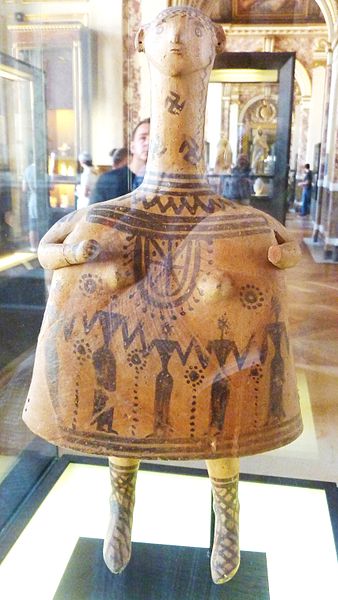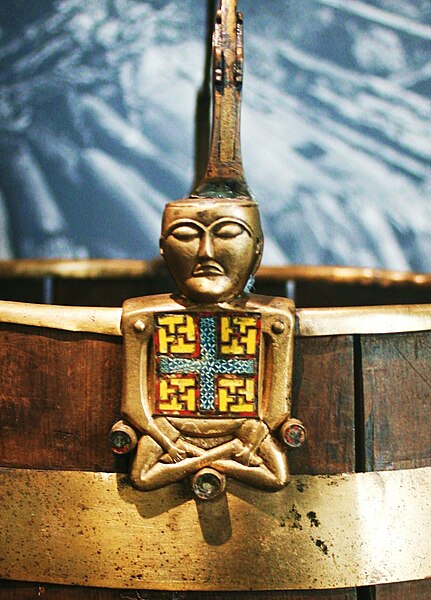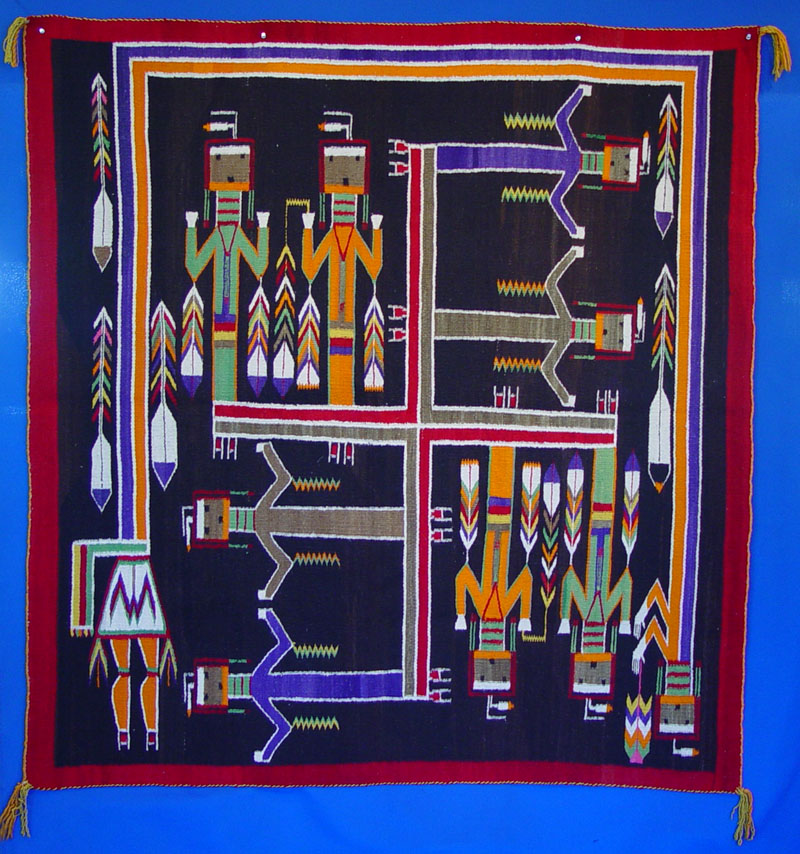



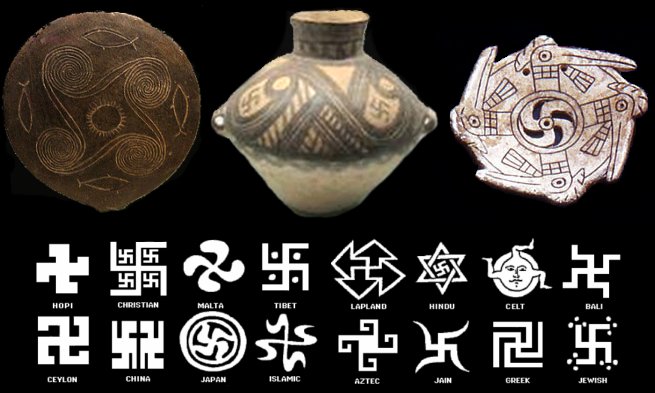

Sun Wheel – The Ancient Swastika
The Women’s Dance I: Southern Asia

Armenian Eternity Sign (arevakhach)

Georgian Eternity Sign (Borjgali)
The Kolovrat (Коловрат) Swastika (Свастика)
- the foremost symbol representing Rodnovery amongst East Slavic peoples and traditions.

Armenian dancers

Ingushetia National Flag
Solar emblem of Vainakh represents not only the sun and the universe
but also awareness of the oneness of the spirit in the past, present and future
Old Avarian popular symbols appearing on stone and felt
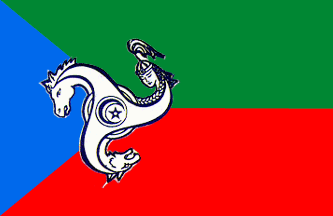
Avar, Kumyk

Flag of Ust-Orda Buryat Autonomous Okrug

Flag of the Isle of Man
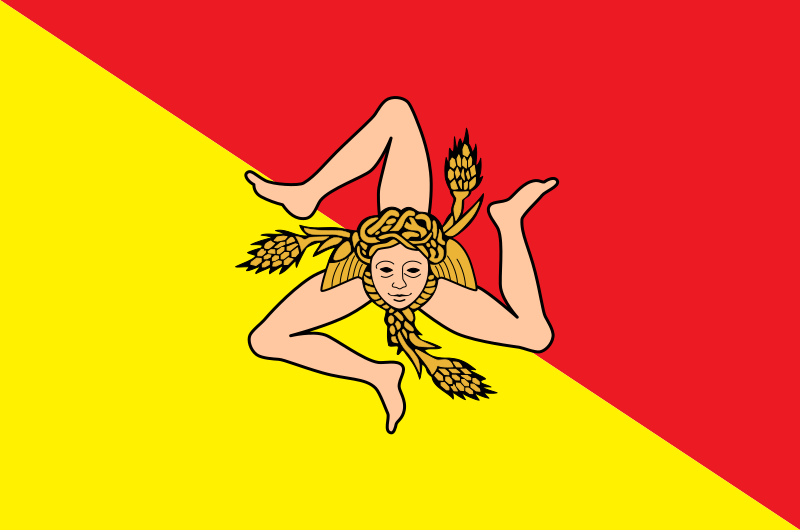
Flag of Sicily
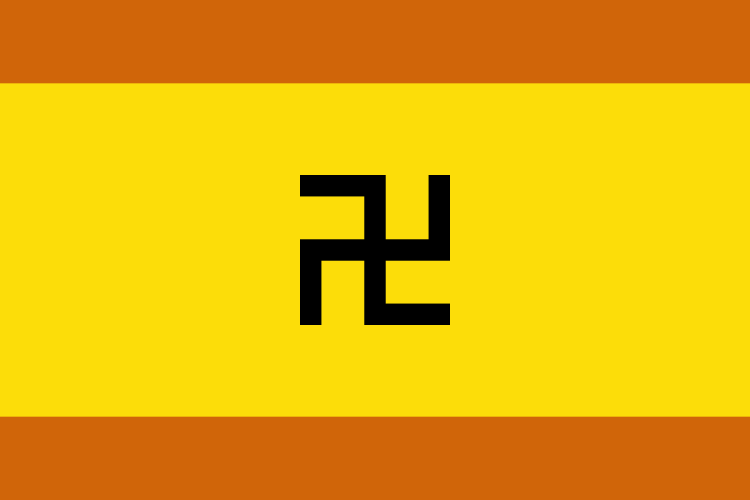
Kuna, indigenous people of Panama and Colombia
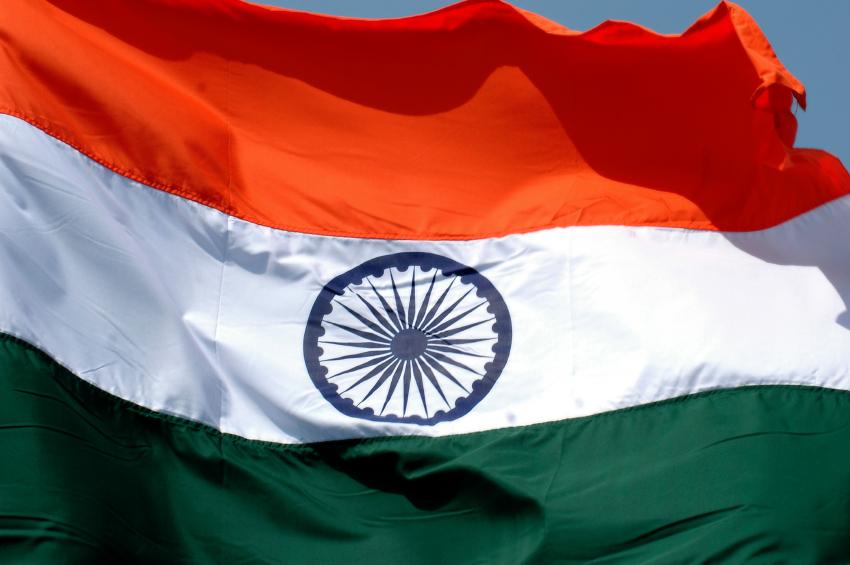
Flag of India
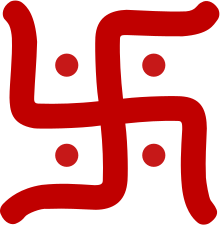
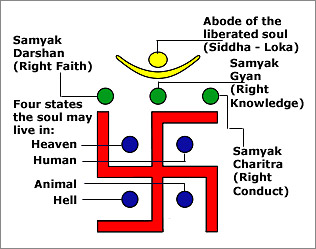

Swastika, a symbol of auspiciousness in Hinduism, Buddhism, and Jainism
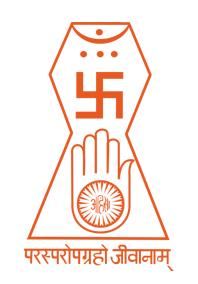


Jainism

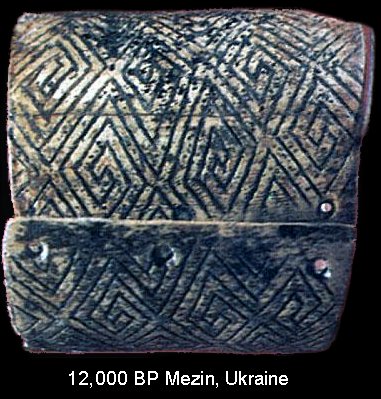

Mezin, Ukraine, 10,000 BC
Swastika, Balkans, 7th-6th mill. BC



Cucuteni-Trypillian, 6500 BC


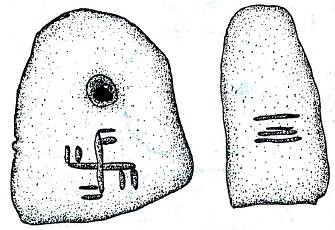
Swastika, Vinca, 5500-4800 BC
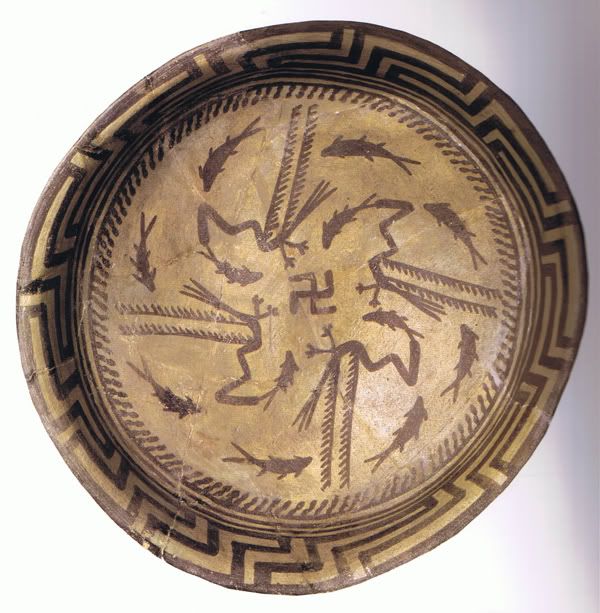





Samarra, Iraq, 5000 BC
Swastika, Hassuna, 5500 BC
Swastika, Elam, 4000 BC
Swastika, Ur, Early dynastic, 2900-2400 BC
Swastika, Ur, Jemdet Nasr, 3100-2900 BC
Swastika, Ur, Jemdet Nasr, 3100-2900 BC
Swastika seals, Indus Valley

Minoan
Swastika, Early Cycladik II, 2700-2300 BC
Bronze Age Mycenaean

Swastika, China, Majiayao, Mid 3rd mill BC

Swastika, China, Majiayao, Mid 3rd mill BC

Swastika, China, Majiayao, Mid 3rd mill BC
Swastika, China, Majiayao, Mid 3rd mill BC
Swastika, Minoan, 1800-1600 BC

Triskele, China, 1200-650 BC
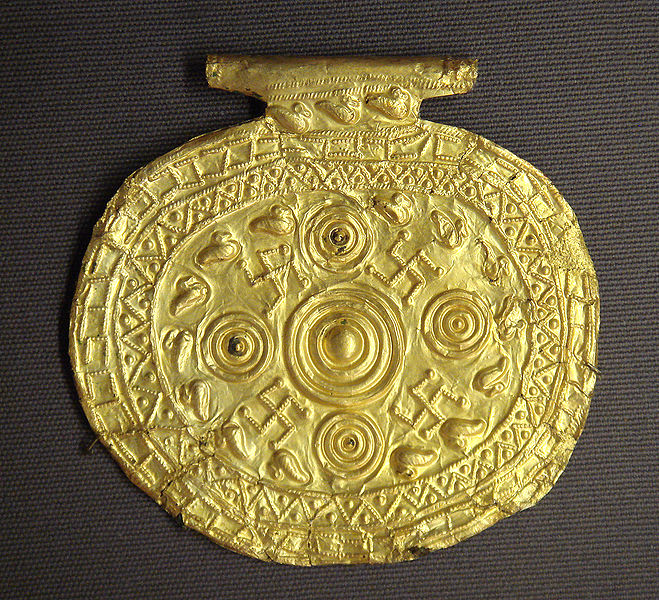
Etruscan, Bolsena, Italy, 700-650 BC

Greek, Attica, ca. 780 BC

Artemis with swastikas. Greece, circa 700 BC

Thebes, Greece, 500 BC



La Olmeda, Spain, Ancient Rome
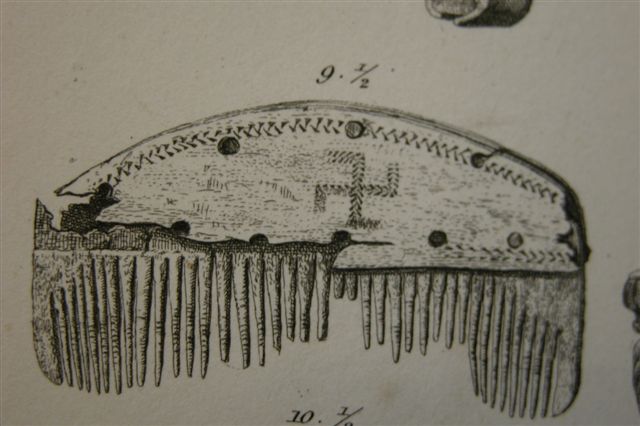
Nydam Mose, Denmark, 300-400
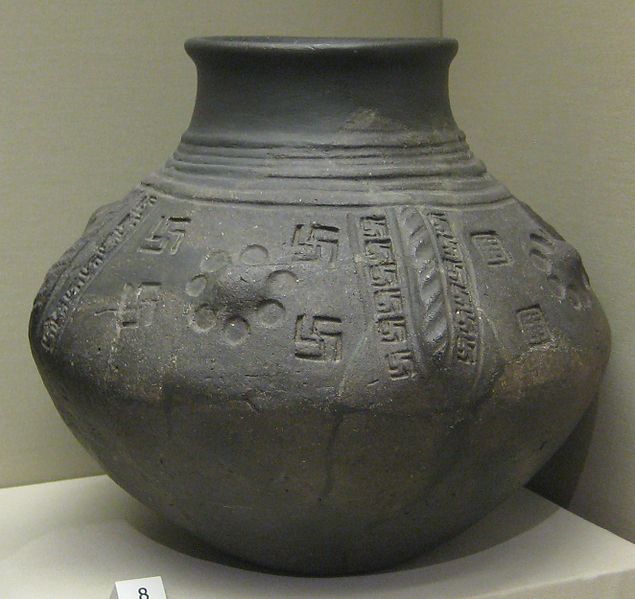
Anglo-Saxon, North Elmham, Norfolk, 500-600
Buckle from Oseberg Vikingship Buddha
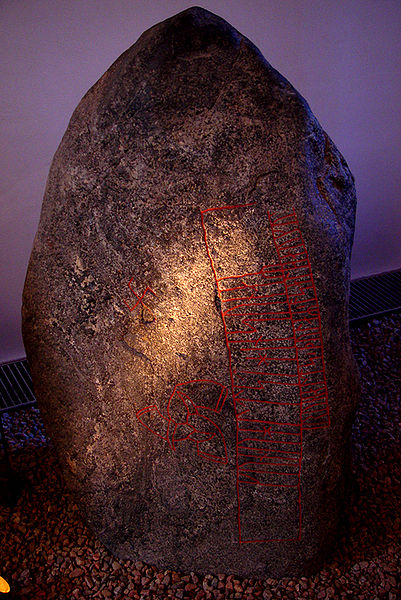
Runestone from Snoldelev, East Zealand, Denmark, 900 AD


Antique Navajo

Antique Navajo
Antique Navajo

Ghana, 1400 AD
Filed under: Uncategorized













